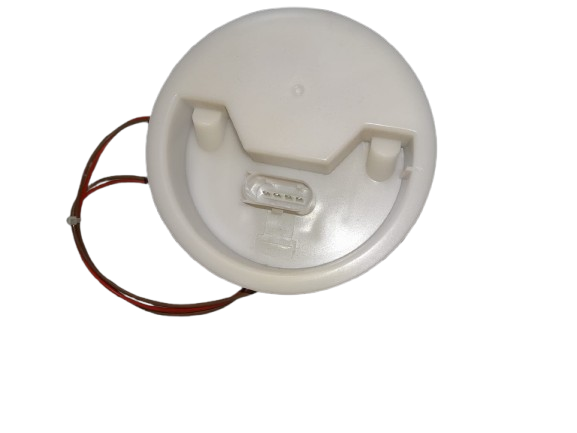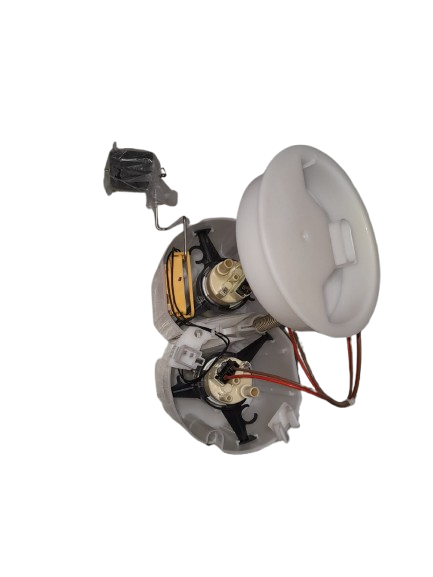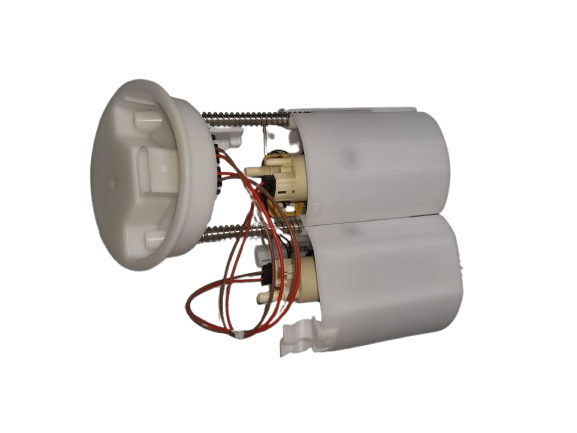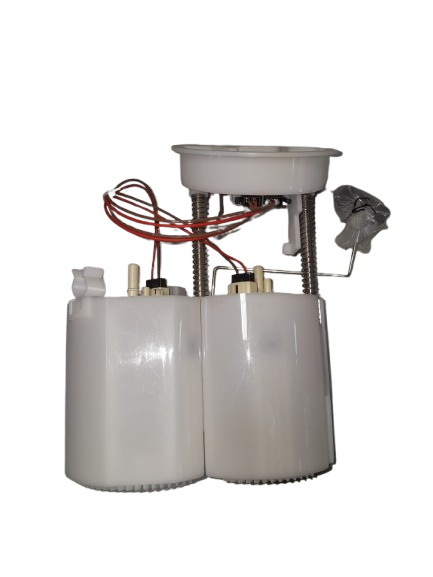



Overview
The fuel‑pump assembly in the W211 and its related high‑performance variants is one of the most vital components in ensuring the engine receives the correct amount of fuel, at the right pressure, and with reliable delivery under all conditions. In normal operation the pump draws fuel from the tank, pressurises it, and supplies it to the engine’s injectors. On more demanding versions (such as the AMG or ESS‐supercharged models) the fuel system is pushed harder and the pump must meet greater flow and pressure demands.
Compatibility and Applications
This system is found in the W211 E‑Class platform, and often in related models such as the CL‑Class or the CLS variants that share similar fuel delivery architecture. Whether for standard petrol engines or the performance V8/V12 units, the same underlying design philosophy applies: a quality in‐tank pump module, sending fuel efficiently and reliably to the engine.
Design & Operation
The fuel‑pump module is typically mounted inside the fuel tank. Being submerged in fuel helps cool the pump motor and reduces the risk of overheating during operation. The design advantage is that by being at the lowest point of the tank, it can better avoid fuel starvation under cornering or when the tank is low. The pump motor is driven electrically; an internal filter sock prevents large debris entering the system. It is activated by the vehicle’s control system when the ignition is turned on, so that correct pressure is present before the engine starts. On the higher‑performing models, a dual‑pump or high‑pressure arrangement may be adopted to cope with greater demand. If the pump fails to deliver correct pressure and volume, the engine may not start or may run poorly.
Location & Replacement Considerations
In the W211 platform the pump module is accessed by removing the rear seat cushion or via a panel in the rear foot‑well/trunk area, depending on model. Before removal it is important to relieve fuel system pressure, disconnect the battery, and take good safety precautions (fuel vapours are highly flammable). The module is secured by a large locking‑ring in the tank, and usually a new gasket/seal should be fitted when replacing the unit to avoid leaks or vapour ingress. After replacement one should ensure the pump primes correctly (you should hear it briefly whir when the key is turned to “on” before cranking) and check for correct fuel pressure.
Special Considerations for Performance Variants
For AMG, ESS or CL models the fuel system is under greater stress. The pump must maintain higher flow and pressure under hard acceleration or sustained driving. This means that the module should match the original specification – an undersized or low‐quality pump may result in fuel starvation, misfires, or even engine damage. Wiring and connectors should also be checked because higher current draw is involved. In some cases the relay/fuse arrangement may differ from the standard model, as do internal pressure regulators. The quality of the module is more critical than in standard models.
Troubleshooting & Maintenance Tips
Start with the simple checks: ensure fuses and relays for the fuel pump system are intact; check for electrical supply to the module; listen for the pump during key‑on; check the fuel pressure if possible. Avoid running the tank consistently low – in‑tank pumps rely on surrounding fuel for cooling and lubrication and running near empty increases risk of early failure. Use quality fuel and maintain external fuel filter where applicable: a clogged filter places higher demand on the pump. When replacing, ensure the access area is clean and no contamination falls into the tank, and be sure to use correct seals and torque for the locking ring.
Conclusion
The fuel‑pump module in the W211 (and its AMG/CL/ESS derivatives) is a crucial component of the fuel delivery system. For standard models its job is to deliver fuel reliably and steadily; for performance models it must deliver higher demand with resilience. Proper installation and maintenance are key to longevity. If start‐up problems, loss of power or stalling occur, fuel‑pump health should be considered early in the diagnosis. Use a correct‐spec module, check wiring/connectors, and ensure the environment (tank, filters, fuel quality) supports the pump’s operation.
